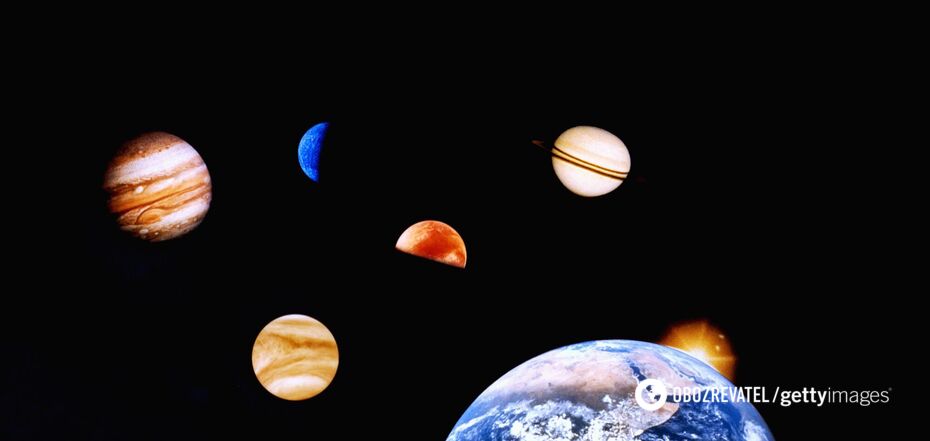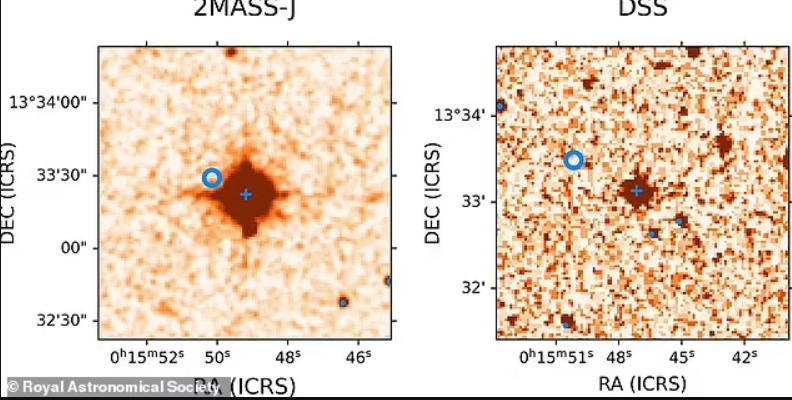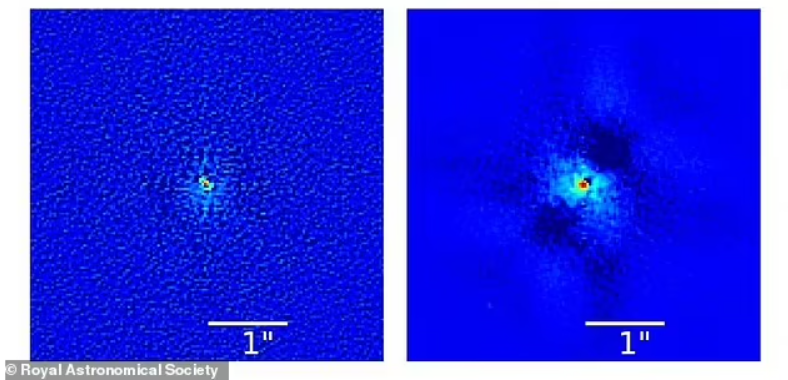News
Earth 2.0: NASA scientists have discovered a new planet 40 light-years away that could be habitable for humans
NASA has discovered an Earth-like planet 40 light-years away that could be a promising place for human life. The exoplanet, called Gliese 12 b, is slightly smaller than ours and has an estimated surface temperature of 107 degrees Fahrenheit (41 degrees Celsius), assuming it has no atmosphere.
The planet Gliese 12 b is located just inside the habitable zone, the distance from a star at which liquid water can exist on the surface of rotating planets. Scientists plan to analyze the found planet to determine whether it has an atmosphere similar to the Earth and whether the exoplanet can maintain the right temperature to form water on its surface, an important compound for sustaining life, MailOnline reports.
Astronomers have labeled the planet Gliese 12 b as "the closest, transiting, temperate world the size of Earth today." In the future, this planet will be studied using NASA's James Webb Space Telescope, which costs $9.5 billion.
An international team of astronomers used NASA's TESS (Transiting Exoplanet Survey Satellite) to narrow down the location of Gliese 12 b. These discoveries are typically made using the "transit method" – when a planet crosses its star, causing its brightness to drop. During the transit of an exoplanet, light from the star passes through its atmosphere, absorbing some of the wavelengths, resulting in the release of gas molecules that can be detected by telescopes such as the James Webb.
The team of astronomers found that Gliese 12 b has a much narrower orbit than Earth, meaning it crosses its cool red dwarf star called Gliese 12 more often and makes one revolution every 12.8 days.
"Gliese 12 b is one of the best targets for studying whether Earth-sized planets orbiting cold stars can maintain their atmospheres, a crucial step in improving our understanding of the habitability of planets throughout our galaxy," explains Shishir Dholakia, a doctoral student at the Center for Astrophysics at the University of Southern Queensland in Australia.
The distance of the exoplanet from the dwarf star is only seven percent of the distance between the Earth and the Sun, which provides it with 1.6 times more energy. However, whether Gliese 12 b's conditions are habitable depends on whether the planet has the same type of atmosphere as Earth, making its temperature closer to the average of 15 degrees Celsius seen on our planet.
"Atmospheres trap heat and, depending on the type, can significantly change the actual surface temperature," the scientist explained.
The team compared Gliese 12 b to Venus, saying that it is about the same size and receives slightly less energy from its star – about 85 percent. But since Venus has no atmosphere to block the sun's harmful rays, the greenhouse effect has occurred and the temperature has reached 400 degrees Celsius.
"Because Gliese 12 b is between Earth and Venus in terms of temperature, its atmosphere can show us a lot about how habitable planets develop," says Larissa Palethorpe, a doctoral student at the University of Edinburgh and University College London.
An important factor in understanding whether an exoplanet may be habitable is to analyze the level of storms emitted by its star. As a rule, red dwarf stars are magnetically active, which causes them to create frequent X-ray flares that can destroy the atmosphere.
The team of scientists has high hopes that this is not the case, as the star Gliese 12 did not show any signs of extreme storms.
Only verified information is available on the OBOZ.UA Telegram channel and Viber. Do not fall for fakes!





























